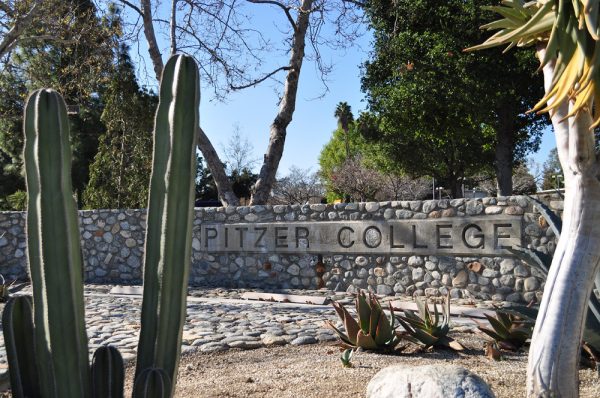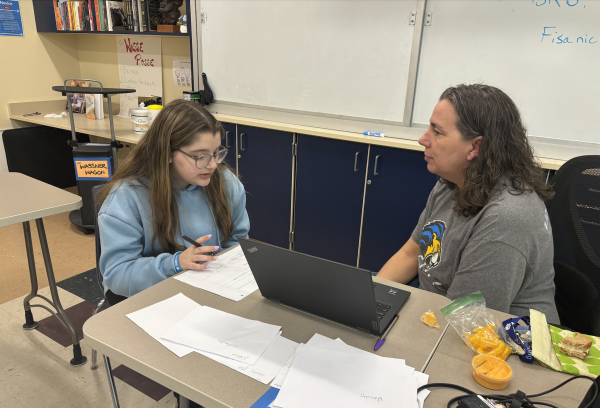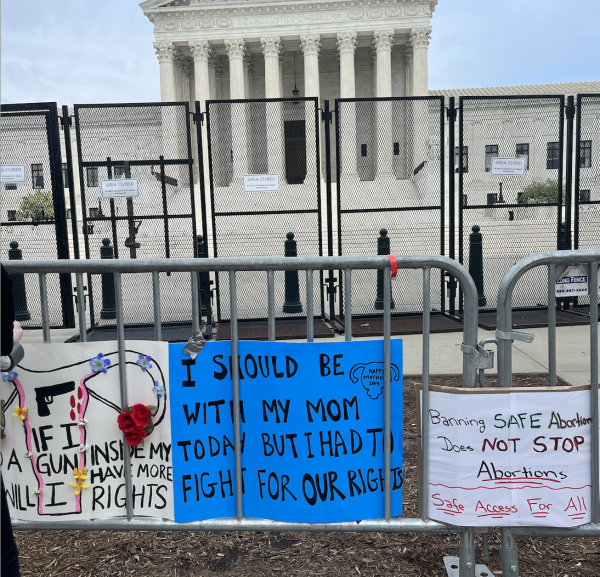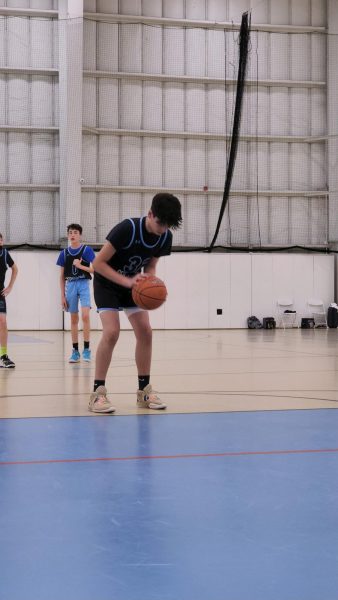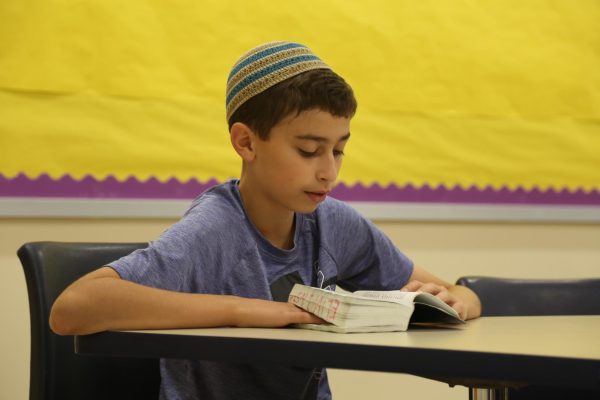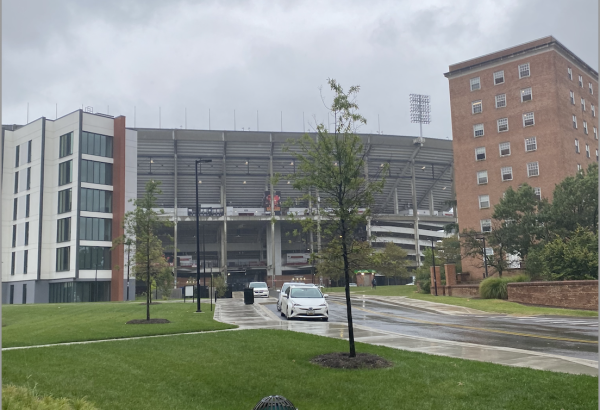Pump the breaks
Middle school is given too much recreational time
Four times a day, the middle school schedule comes to a halt as all of the students enjoy a break. Although recreational time is important for very young students, the constant breaks in their schedule create bad study habits that don’t work well in high school and beyond.
In middle school, every class will either have a break right before it or a break right after it. These breaks last 20 minutes and appear twice in the middle school schedule. While this may be helpful to students who have trouble staying focused for longer periods of time, it inhibits students from developing the skill of productivity, which is crucial for success in the future.
Rewarding myself with a break after every assignment I completed does not set me up for success. While that may work with the middle school workload, in high school, there is just not enough time to continue the habit of rewarding oneself with breaks.
Additionally, at least twice a week, students have a 45-minute break in the day called Academic Flex Block (AFB). Many students use this time to play sports or computer games instead of focusing on school assignments. Not counting passing periods between classes, middle school students spend over two hours of the school day out of their academic classes.
Another skill that middle school students need to develop is being productive while at home. In high school, they will have to find the balance between extracurriculars, homework and their social lives.
It took me nearly a full semester to fully break out of those bad habits I developed in middle school and I still struggle with it from time to time. The breaks in the schedule seemed to serve a good purpose then, however I found that it has hindered my learning abilities.
All of the breaks are disruptive for the high school community as well. Whenever the middle school students make their way outside for a break, they often pass high school classrooms, and their shouts often disrupts learning in the high school.
Aditionally, when AFB is taken away due to an unforeseen schedule issue or need for an assembly, it affects the middle school students immensely, proving that the middle school students are too reliant on breaks.
“…[W]hen we take it away, there’s an outcry,” Middle School Principal Dr. Eliana Lipsky said. “Sometimes if we need the time for an assembly or something like that, the students can get pretty frustrated by that because they feel that it’s their time to decompress and to do work.”
According to Lipsky, AFB originally started during virtual learning as a time to hold departmental labs. It gave students an opportunity to meet with their teachers and it was a de facto study hall. However, it has outstayed its welcome.
Rather than having AFB, middle school classes should be extended by 10 minutes, which will help bridge the 15 minute gap between middle school and high school class lengths. In additiona, this will help them develop better study habits and accustom them to focusing for long periods of time.
Overall, the breaks in the middle school schedule may serve a good purpose to some students. However, it hinders students’ abilities to create good study skills and time management habits in the long run.


